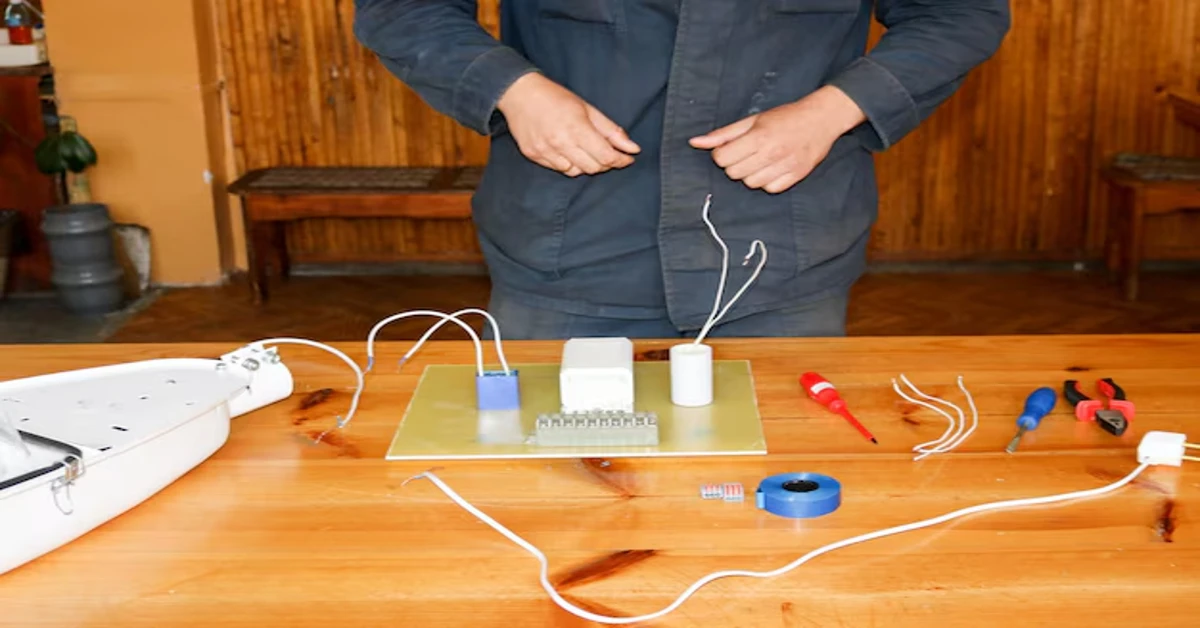Are you looking to enhance your vehicle’s handling and ride quality? Understanding sway bar links can be a game changer. These small yet vital components play a crucial role in stabilizing your car while turning, providing better control on the road. Over time, they can wear out and compromise performance, leading to unwanted noise or instability during drives. But fear not—if you’re a DIY enthusiast ready to tackle this project yourself, you’ve come to the right place! This guide will walk you through everything you need to know about sway bar link installation—from identifying issues and gathering tools to step-by-step instructions that make the process straightforward. Let’s dive in!
I. What Are Sway Bar Links?
Sway bar links are essential components of a vehicle’s suspension system. They connect the sway bar, also known as an anti-roll bar, to the car’s chassis and control arms. This connection helps stabilize the vehicle during turns by reducing body roll.
When you take a corner, sway bars work to distribute weight evenly across all wheels. The sway bar links facilitate this process by allowing movement while maintaining tension in the system.
These links come in different shapes and sizes depending on vehicle make and model. Over time, they can wear out due to constant stress from driving conditions or poor maintenance, leading to performance issues if not addressed promptly.
II. Signs of Bad Sway Bar Links
Bad sway bar links can lead to a host of issues with your vehicle’s handling. One common sign is a clunking noise, especially when going over bumps or during sharp turns. This sound often indicates that the link has worn out and is no longer functioning properly.
Another symptom to watch for is excessive body roll while cornering. If you notice your vehicle leaning more than usual in turns, it could mean the sway bar links are unable to stabilize effectively.
Inspect for visible wear or damage on the sway bar links themselves. Cracks, corrosion, or loose connections can compromise their integrity and performance. Address these signs promptly to ensure safe driving conditions.
III. Replacing Sway Bar Links
Replacing sway bar links is essential for maintaining your vehicle’s stability and handling. If you notice excessive body roll during turns or hear clunking noises when going over bumps, it may be time to replace them. These components can wear out due to age, poor road conditions, or even rough driving styles.
To begin the replacement process, lift the vehicle securely using jack stands. Always ensure that it’s stable before crawling under it. Next, remove the old sway bar by loosening the nuts with a socket wrench.
Once you have detached the old links, align the new ones properly and tighten everything back up according to manufacturer specifications. Don’t forget to check both sides of your suspension system while you’re at it!
IV. Tools Needed for Installation
Before starting the sway bar link installation, gather the necessary tools. You’ll need a socket set that includes various sizes to fit the nuts and bolts securely. A ratchet wrench can make your work much easier as it allows for quick and efficient fastening.
Additionally, having pliers on hand will help you grip stubborn components during removal or installation. Don’t forget a torque wrench; this tool ensures that you tighten everything to the manufacturer’s specifications, which is crucial for safety.
Consider using penetrating oil if you’re dealing with rusted parts. This can make removing old sway bar links significantly easier and prevent damage to surrounding components during the process.
V. Step-by-Step Guide to Installing Sway Bar Links
Start by lifting your vehicle securely using jack stands. Remove the wheel to access the sway bar easily. With a wrench, loosen and detach the old sway bar link from both ends.
Next, position the new sway bar link in place. Ensure it aligns properly with the mounting points on the sway bar and suspension arm. Use a torque wrench to tighten each bolt according to your vehicle’s specifications for optimal performance.
Once secured, reattach the wheel and lower your vehicle back to ground level. After installation is complete, double-check all connections before moving on to testing them for effectiveness during your next drive.
VIII. FAQs About Sway Bar Links
When it comes to sway bar links, many questions arise for DIY enthusiasts. Understanding these components can enhance your vehicle’s performance and safety.
One common question is, “What exactly do sway bar do?” They connect the sway bar to the suspension system, helping reduce body roll during turns for better handling.
Another frequent inquiry is about replacement frequency. It’s recommended to inspect them regularly and replace them every 50,000 miles or if you notice any signs of wear.
Many also wonder if they can install sway bar links themselves. With the right tools and guidance, it’s definitely achievable for most DIYers!
If you’re experiencing clunking noises when driving over bumps or uneven surfaces, that could indicate bad sway links needing immediate attention.
Some people ask how long it takes to complete an installation. Typically, with preparation and proper tools on hand, expect around one to two hours for a successful job.
Answering these questions will help you maintain your car’s stability and ensure a smooth ride ahead!









